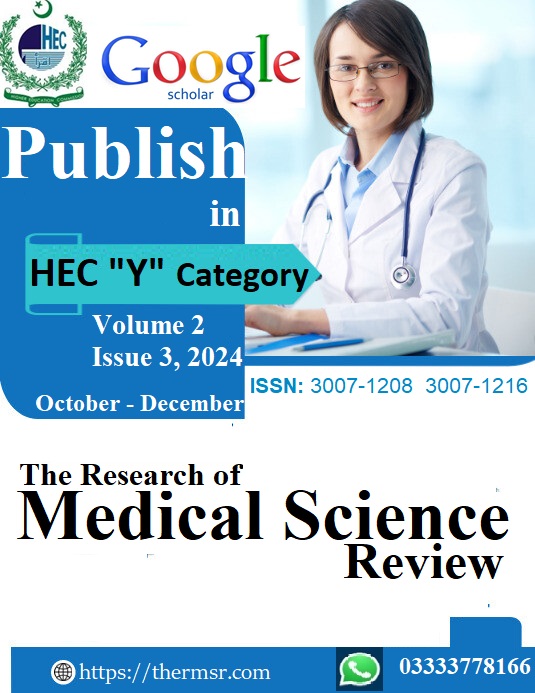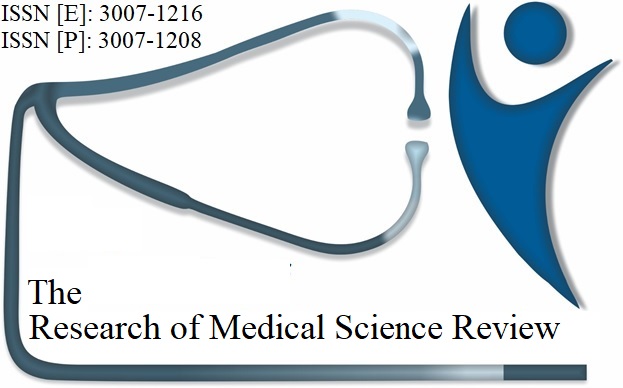COMPARATIVE ANALYSIS OF CAD-CAM MATERIALS IN RESTORATIVE DENTISTRY: ASSESSING MECHANICAL PROPERTIES AND CLINICAL OUTCOMES
Keywords:
CAD-CAM Restorative Materials, Mechanical Properties in Dentistry, Clinical Outcomes of CAD-CAM, Digital Dentistry Comparative AnalysisAbstract
Background:
CAD-CAM (Computer-Aided Design and Computer-Aided Manufacturing) technology has revolutionized restorative dentistry by enabling precision, efficiency, and customization. The mechanical properties and clinical outcomes of CAD-CAM materials, including ceramics, composites, and hybrid options, play a pivotal role in determining the longevity and success of restorations.
Objective: To evaluate and compare the mechanical properties and clinical outcomes of different CAD-CAM materials, utilizing advanced simulation and data analysis software, while considering real-world clinical data from diverse populations.
Method: A prospective cohort study was conducted from January 2023 to December 2024 across 150 dental clinics worldwide, employing CAD-CAM systems for restorative procedures. The study evaluated material properties, including flexural strength, fracture toughness, wear resistance, and color stability, using ANSYS 2023 R2 for mechanical simulations and Houdini 3D for material visualization. Clinical outcomes were analyzed based on patient satisfaction surveys and restoration durability, with data processing performed using SPSS v29. Restoration success rates and failure modes were systematically tracked through follow-ups at 6, 12, and 18 months.
Results: Lithium disilicate ceramics exhibited the highest flexural strength (450 MPa) and superior aesthetic outcomes, achieving 92% patient satisfaction. Zirconia-based ceramics demonstrated exceptional fracture toughness (6 MPa·m½), making them ideal for posterior restorations, though their aesthetic limitations resulted in slightly lower satisfaction rates (85%). Resin-matrix ceramics offered moderate strength (250 MPa) but excelled in wear compatibility and minimized antagonist tooth wear. Hybrid ceramics provided balanced mechanical properties with enhanced milling precision. Statistical analysis revealed a significant correlation between material type and patient satisfaction (p < 0.01). Long-term outcomes identified zirconia and lithium disilicate as preferred materials for posterior restorations, while resin-matrix ceramics were optimal for anterior applications.
Conclusion: The study underscores the importance of material-specific applications in restorative dentistry, with CAD-CAM materials offering unique advantages tailored to clinical needs. The integration of advanced software tools such as ANSYS and SPSS enhanced the precision of mechanical and clinical evaluations. These findings serve as a guide for clinicians to optimize material selection, improving restoration longevity and patient satisfaction.
Downloads
Published
Issue
Section
License

This work is licensed under a Creative Commons Attribution-NonCommercial-NoDerivatives 4.0 International License.














